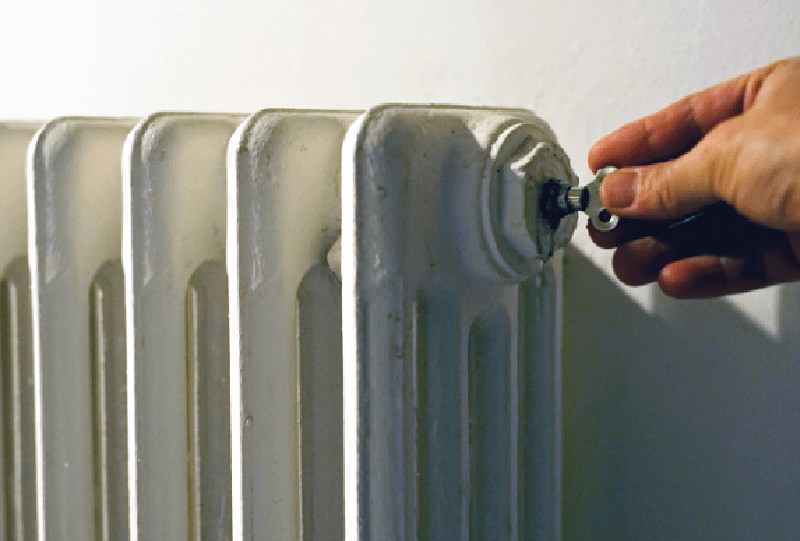How to bleed a radiator: better performance and economic savings
With the arrival of cold weather, many people rush to prepare their heating systems to ensure that they work properly. Among the most important tasks is bleeding the radiators, a process that may seem complicated, but is quite simple and essential to improve the performance of the boiler. In addition, doing it correctly can help you reduce gas consumption and, therefore, save on your bill. In this article we explain everything you need to know to bleed your radiators efficiently.

Why is it important to bleed radiators?
Over time, radiators can accumulate air inside them, affecting their ability to heat evenly. This air can enter the system for a number of reasons, such as water evaporation during boiler operation, long periods of non-use (such as after summer), or interruptions in the water supply due to construction or maintenance. Air trapped in radiators prevents hot water from circulating properly, reducing the efficiency of the heating system.
Heating on or off?
To bleed radiators properly, the boiler must be on. During the process, it is recommended to increase the boiler pressure, as this will make it easier to expel the accumulated air. By keeping the heating running, you ensure that the trapped air is released more easily and the water flows correctly throughout the system.
What do you need to bleed a radiator?
Although the process of bleeding a radiator is simple, you will need some basic tools:
- A small container to catch the water that comes out of the radiator.
- A flat-head screwdriver or, if space is tight, a coin.
- In some cases, a square-head wrench may be necessary to open the bleed valve.
Step-by-step guide to bleeding a radiator
1. Place the container: Place the container under the bleed valve to catch any water that comes out during the process.
2. Open the valve: Slowly turn the bleed screw with a screwdriver or coin. When you open the valve, you will notice that water comes out unevenly at first, mixed with air.
3. Close the valve when the water is constant: When you see that the water comes out smoothly and constantly, without air bubbles, it is time to close the valve.
4. Repeat the process on all radiators: Perform this procedure on each radiator in your home. When finished, adjust the boiler pressure to the levels recommended by the manufacturer.
How do you know if the radiator is properly bled?
It is easy to check if you have bled the radiator correctly. If, after bleeding it, you notice that the heat is distributed evenly and there are no longer radiators that get hotter than others, the process has been successful. Make sure that the water flow is constant and without air bubbles to be sure that the system is free of obstructions.
Bleeding radiators is a simple task that does not require previous technical knowledge, but it is crucial to ensure that your heating system works efficiently. Doing it at the start of the cold season will allow you to enjoy a warmer home, as well as saving on your energy bill.
If, in addition to purging radiators, you have problems with windows filled with steam when you turn on the heating, we recommend that you check out other articles that will help you avoid condensation and further improve the comfort in your home.





Our customers trust us
Opinions of our clients
Receive our news